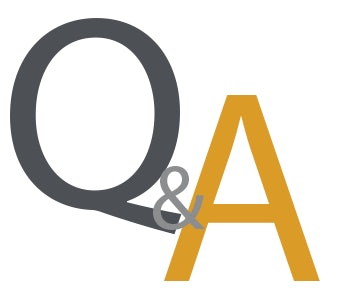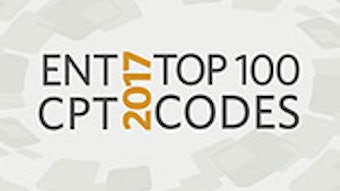Frequently asked questions on MIPS reporting in 2017
The Academy has received several inquiries from Members asking about the MIPS program and how they can report in 2017. In response to these questions, the Academy has put together a frequently asked questions document to help Members.

Q: Who participates in the MIPS program and how do ECs enroll?
A: All physicians, physician assistants, nurse practitioners, clinical nurse specialists, or certified registered nurse anesthetists who bill Medicare must participate in MIPS, unless they
- Qualify for an exemption,
- Do not meet the minimum reporting threshold, or
- Are part of an Advanced Alternative Payment Model (APM).
For the 2017 reporting period, ECs are automatically enrolled in MIPS. CMS will use a combination of an EC’s NPI and TIN to determine the 2017 MIPS score.
Q: What are the MIPS categories ECs will report on and how will CMS use these to calculate a score?
A: In 2017, CMS will base an EC’s CPS on reporting from three categories: Quality, Advancing Care Information (ACI), and Improvement Activities. CMS will use the scores for each category, add them together, and compare it to a pre-determined threshold to assess if an EC will receive a positive or negative payment adjustment.
Q: How do ECs avoid a four percent reduction in Medicare payments in 2019?
A: Under MIPS, ECs who do not qualify for an exemption, do not meet the minimum reporting threshold, or are not part of an Advanced APM can choose to report under the test pace in 2017. Under this, ECs are only required to submit either one quality measure, one improvement activity, or four to five of the required Advancing Care Information (ACI) measures to avoid a four percent reduction in Medicare payments in 2019.
Q: Where can Academy Members find resources to learn more about MIPS reporting?
A: The Academy has created a webpage to help Members navigate MIPS reporting in 2017 and beyond. All Academy materials including fact sheets, comment letters, and links to other resources can be found at http://www.entnet.org/content/mips.
To learn more about each category and the default weights for the 2017 reporting/2019 payment period, please review the Academy’s fact sheet on MIPS, which is available at www.entnet.org/MIPS-facts.
To learn more about the reporting options available to ECs in 2017, please refer to the Academy’s fact sheet on the CMS reporting option announcement, which is available at www.entnet.org/2017-reporting.
Additionally, CMS posted an interactive web page on MIPS reporting for 2017, including an interactive tool to help ECs choose applicable measures for reporting. For this tool and other helpful resources, please visit https://qpp.cms.gov/measures/performance.
Q: How can Reg-ent℠ help Academy Members report under MIPS?
A: The AAO-HNSF Reg-entSM registry is planning to offer Quality, Improvement Activities, and ACI reporting for Reg-ent practices in 2017. If you would like to learn more about Reg-ent, please visit www.entnet.org/regent. There you will find information on the EHRs with which Reg-ent can connect, in addition to pricing and other resources to help you get started. Members can click on the “Get Started Now” button on the Reg-ent home page to join the Reg-ent registry. If you have further questions, please email regent@entnet.org.

















